These monumental shifts in mobilities unfolded in many other metropolitan areas in the United States like Chicago and Philadelphia, Harlem and San Francisco in the twentieth century. This project explores the history of migration, housing, settlement, community formation, and succession through the lens of Hartford, one of America’s wealthiest cities at the end of the Civil War.
William Saunders
Barbadian tailor with humble beginnings who nurtured grand visions for his business and his family.
Saunders is attested in Hartford from 1820 through his death in 1852. In 1828, Saunders resided at 13 School Street. By 1844, Saunders had relocated to 10 Talcott Street, where he remained until his death.
Hartford Connecticut Hartford Bound Digital Museum - By Dr. Fiona Vernal and James Kolb
William’s death notice in the Hartford Courant identified him as a native of Barbados, with no other leads about what brought him to the city or how he learned his trade as a tailor. As a young man of 25, he must have been confident enough in his training, because he opened a tailor shop in 1820 with a strategy designed to undersell his competitors and deliver prompt service. William Saunders’ Cheap Store ran ads in the local paper emphasizing his reasonable prices, au courant fashions, as well as the propriety of his clothing for every ilk, from ministers and merchants to mechanics and judges. Between these humble beginnings and his premature death at 57, Saunders nurtured grand visions for his business and his family. He spent the next few decades building a reputable and successful business. His sons Thomas, Amos, and Prince apprenticed with their father, succeeded him and expanded the business.
Federal census and city directories recorded William Saunders (1795-1852) and his wife Roxanna (1795-1864) variously as Colored, Mulatto, and White. While the couple, and later their childrens’ racial classification reflected shifting colloquial and bureaucratic conceptions of race, the Saunders’ family and religious life situate them within Hartford’s Black community for several decades in the nineteenth century. Hartford’s first African American Church, (African Religious Society, later renamed Talcott Street Congregational Church), became the locus of William’s political activism. His networks included other prominent Black men like Isaac Cross, James Mars, Henry Foster, Henry Nott, and Rev James W.C Pennington who worked on abolition, education, temperance, and other political causes.
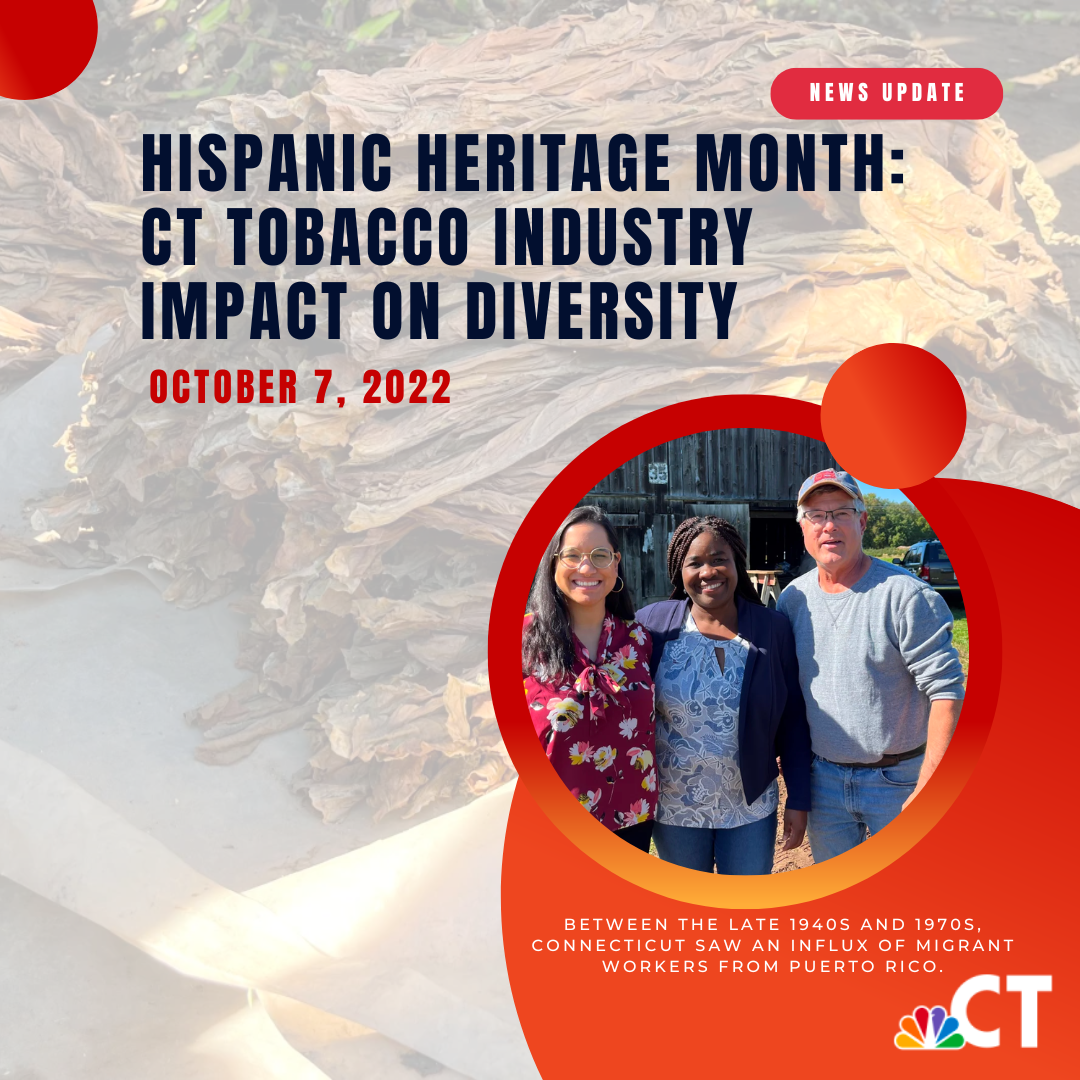
Hispanic Heritage Month: CT Tobacco Industry Impact on Diversity
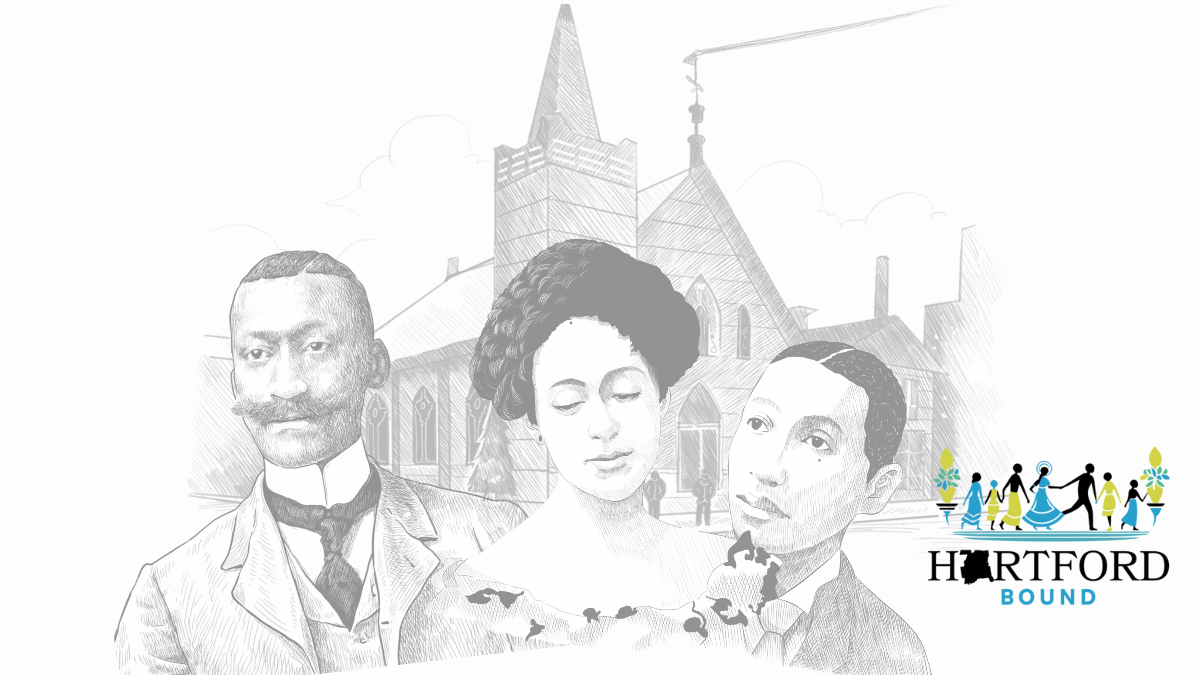




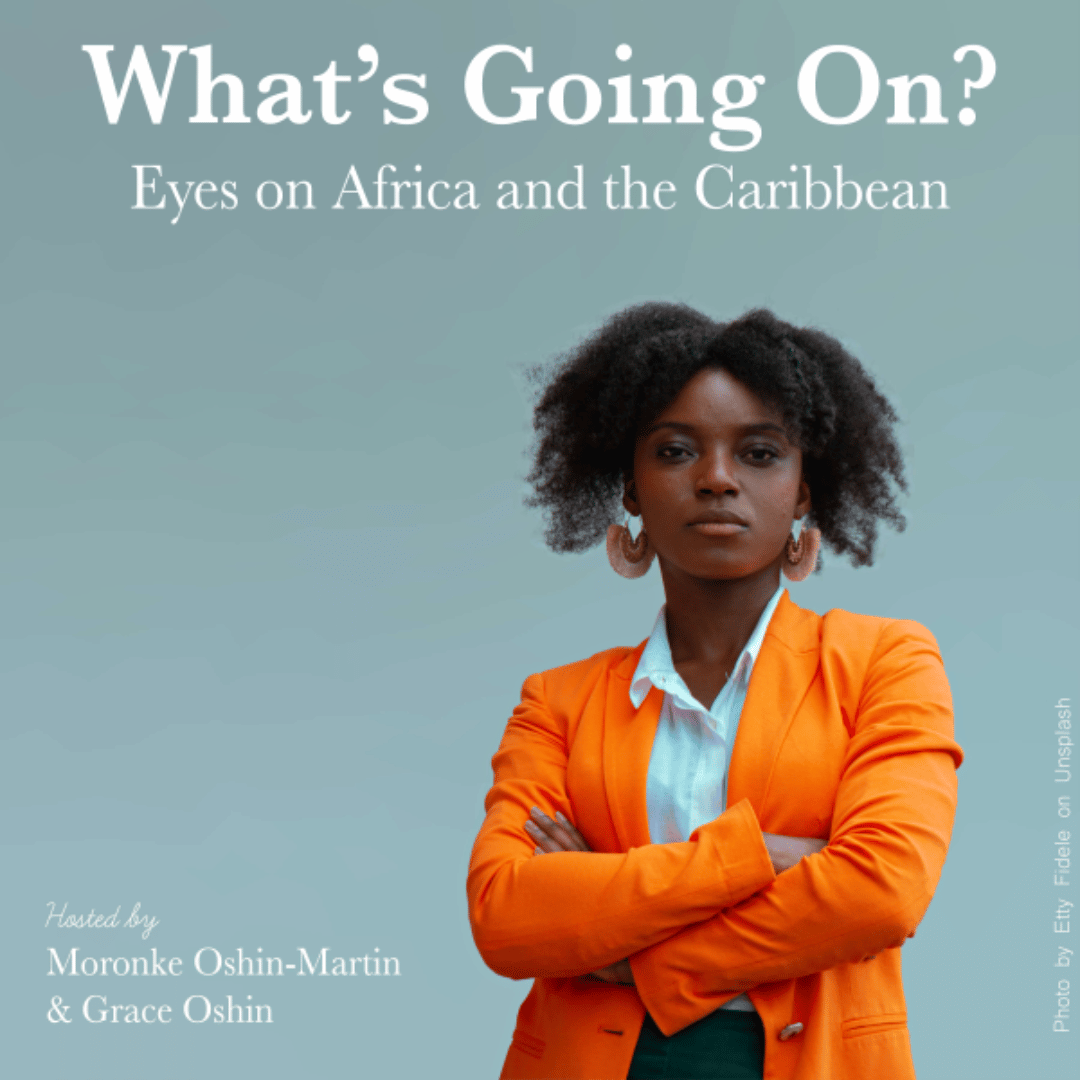
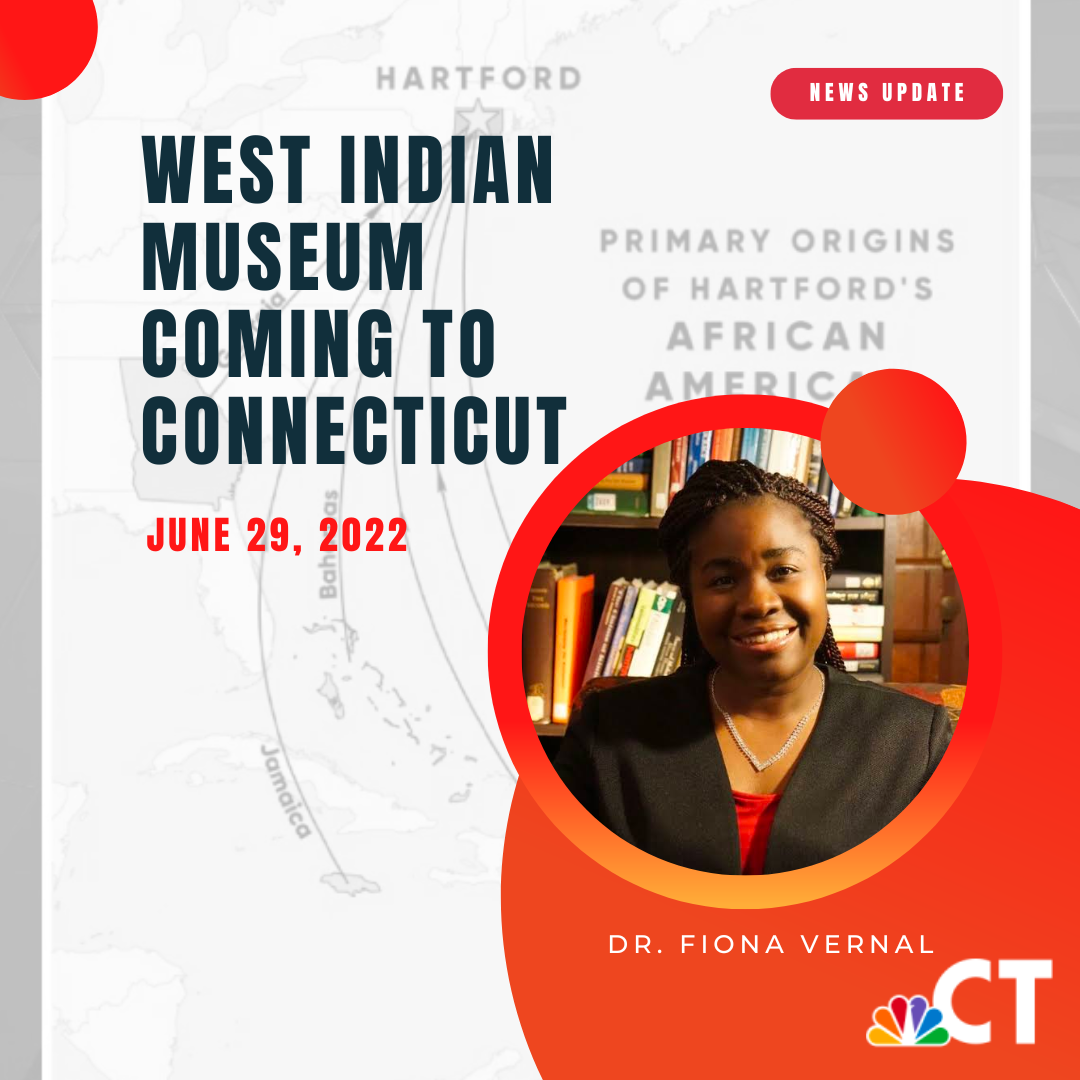
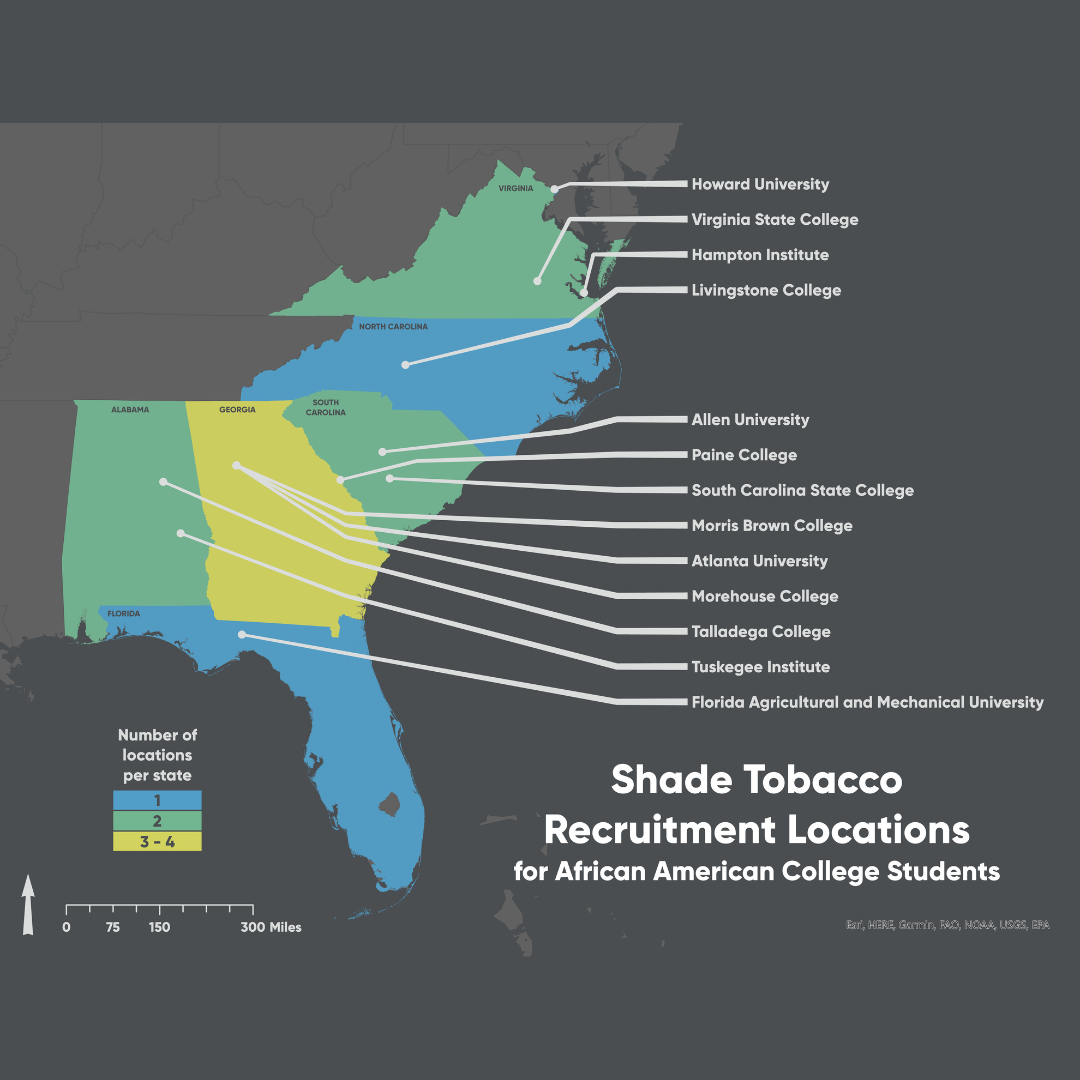
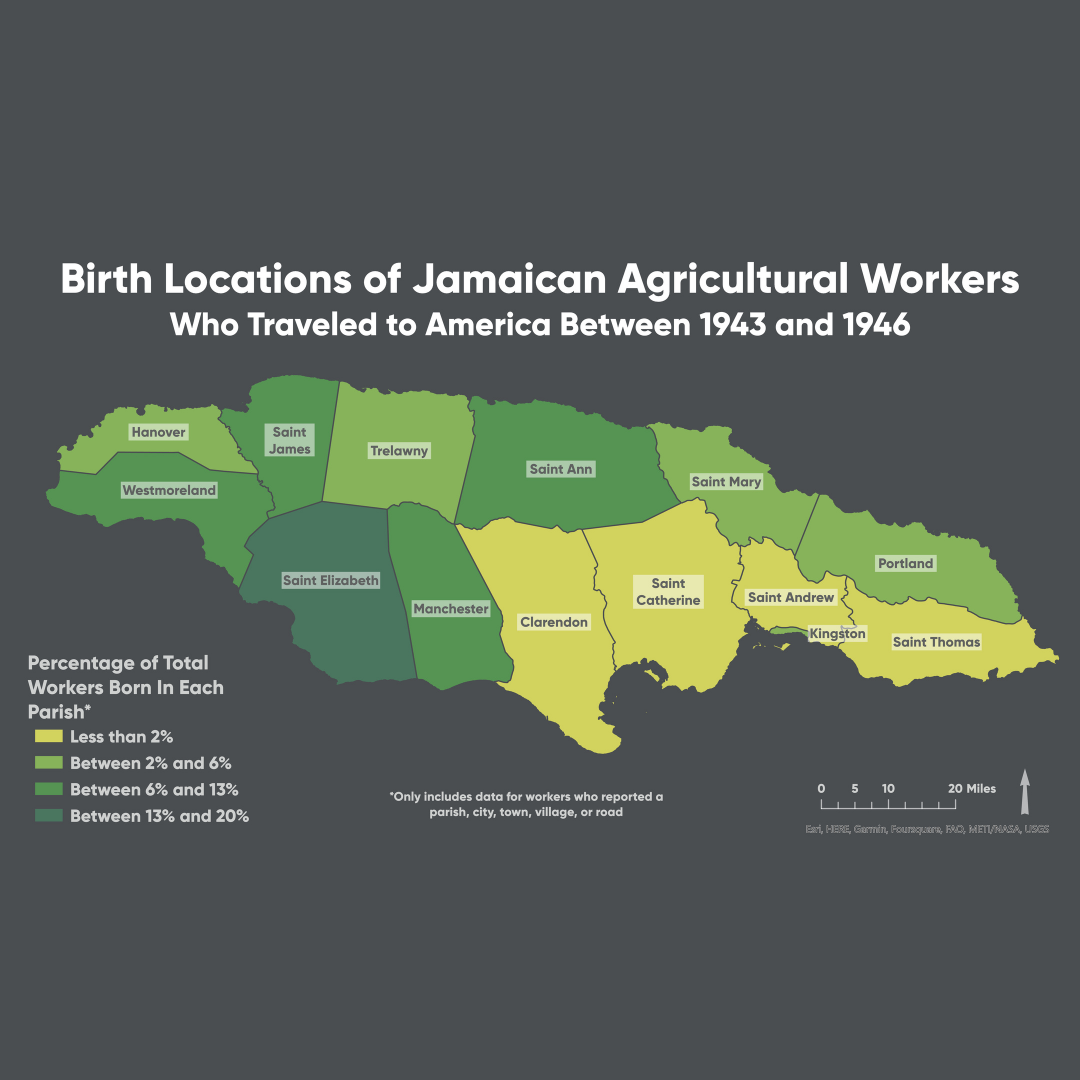
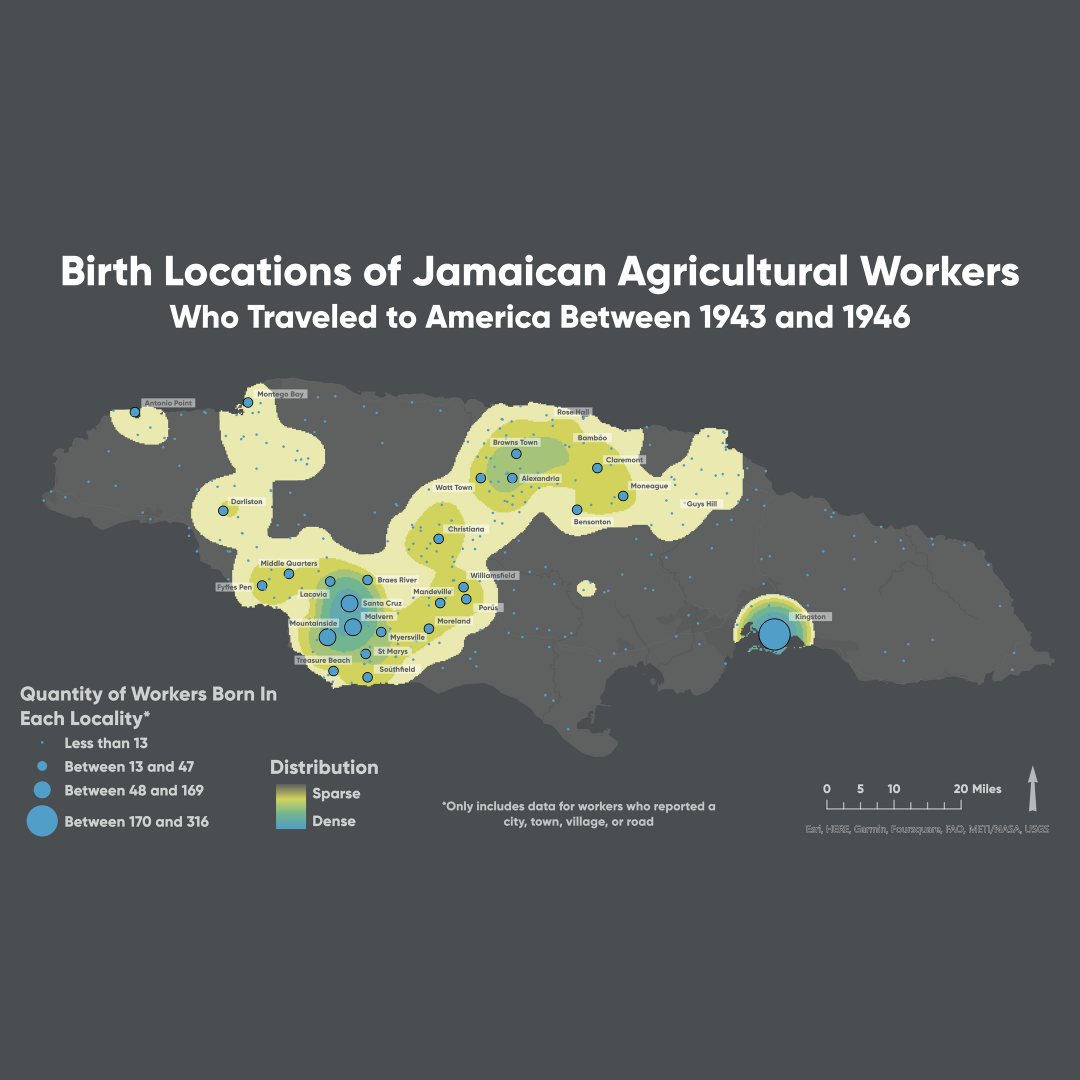
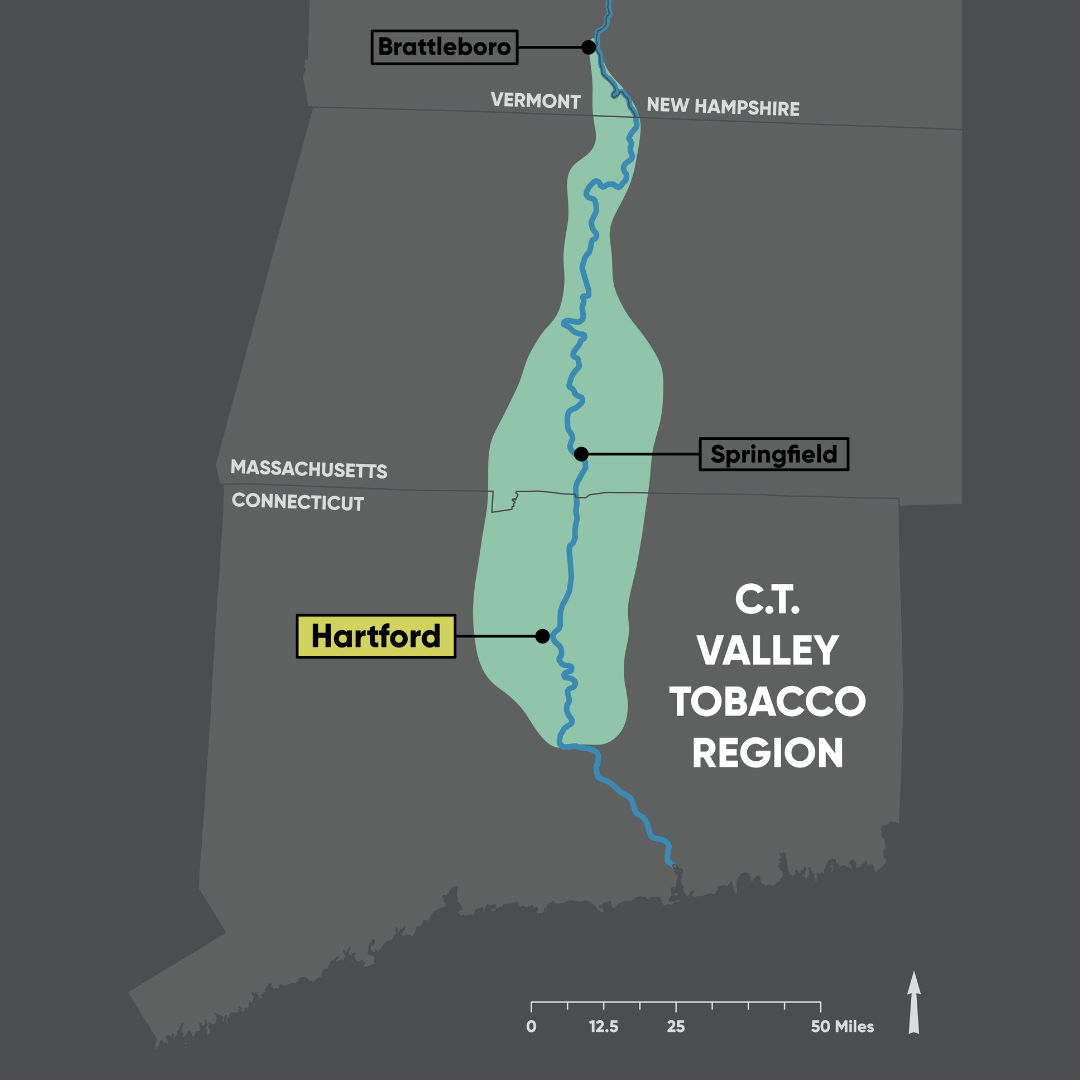
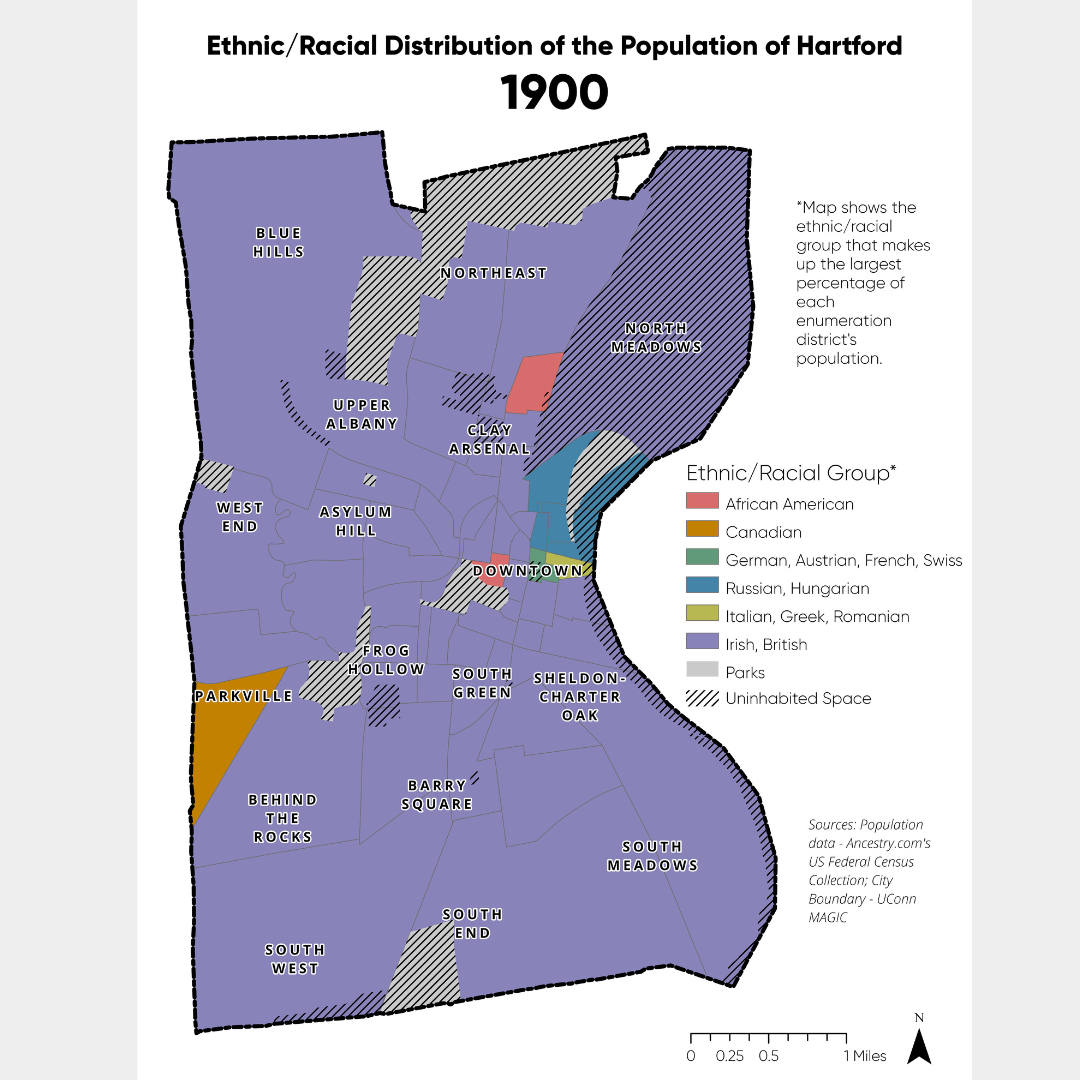
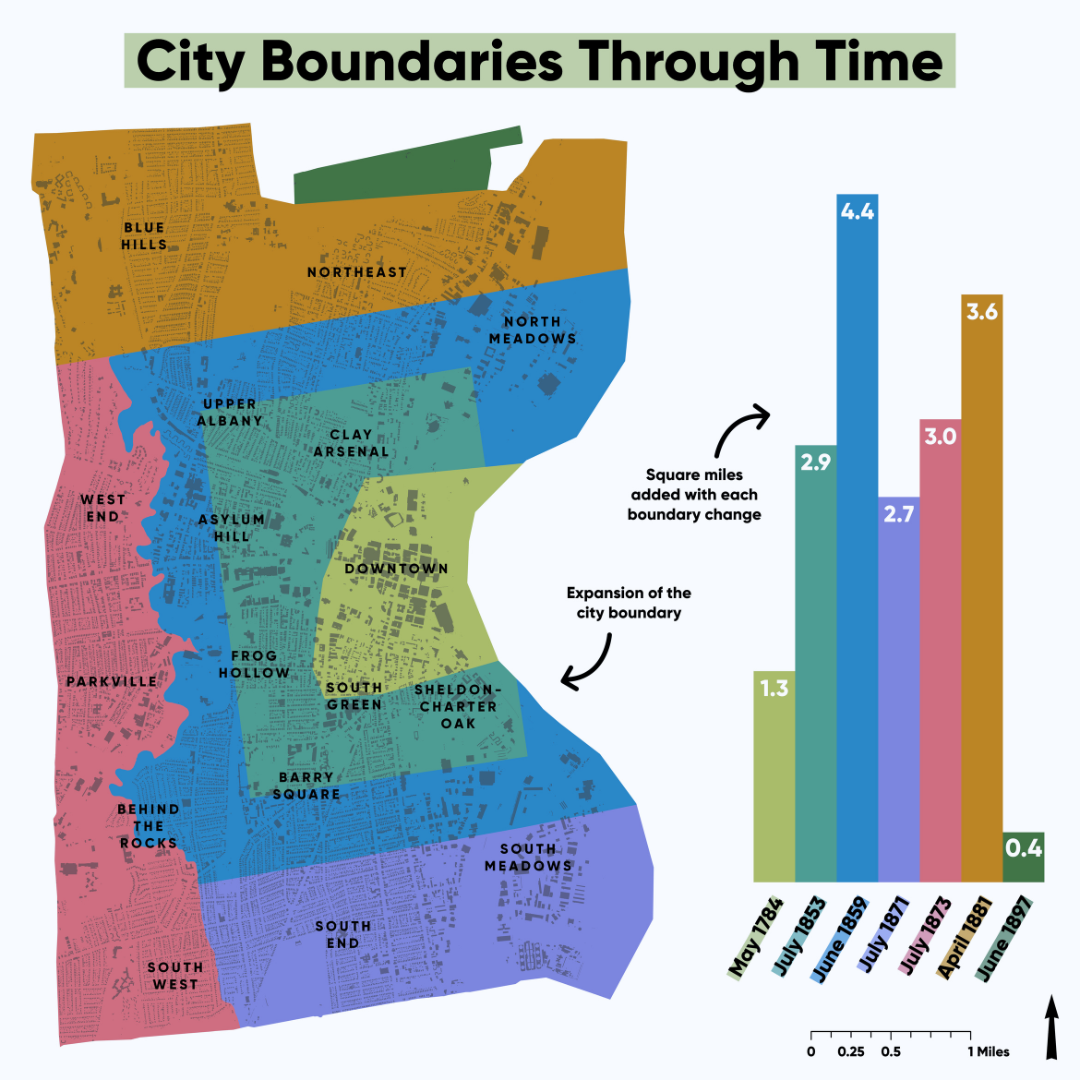
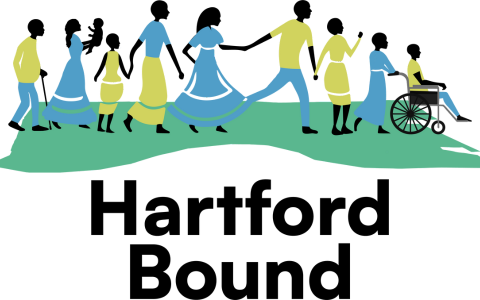
0 Comments